5000-Year-Old Cube Uncovers the Oldest Iron Age Settlement in India
In the summer of 2022, a team from the Tamil Nadu State Archaeology Department made a significant discovery in Sivagalai, located in the Tuticorin district. They uncovered 160 burial pots, which provide valuable insights into the region’s ancient history.
While excavating in the A2 trench, archaeologists found bones, pottery shards, coal, and iron artifacts inside one of the ceramic pots. These findings are crucial for understanding the area’s past.
The ceramic and coal samples have been dated to at least 5,000 years ago. This establishes the site as the oldest known Iron Age settlement in the region.
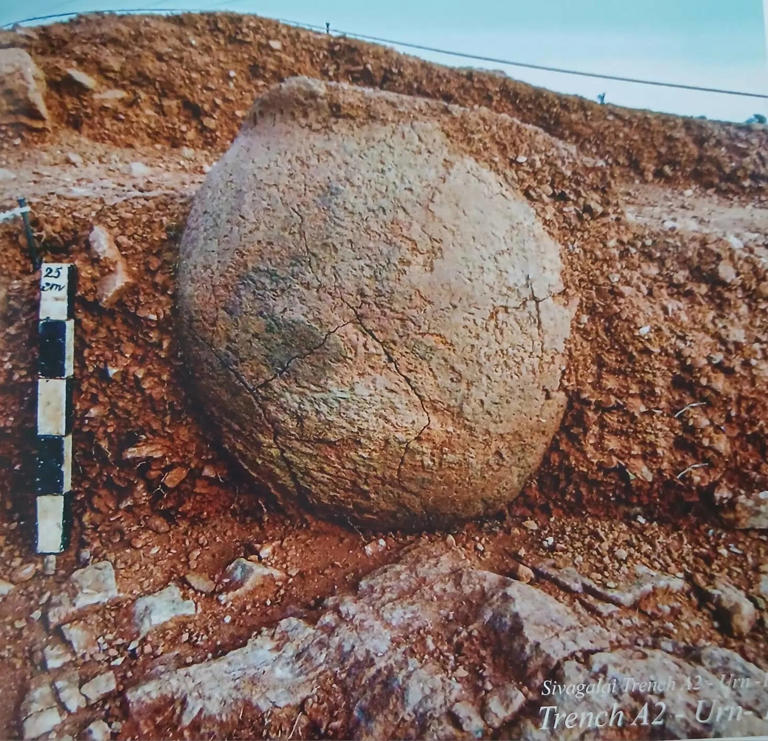
Testing was conducted by Beta Analytics in the USA, along with the Physical Research Laboratory in Ahmedabad and the Birbal Sahni Institute of Paleosciences in Lucknow. They used Accelerator Mass Spectrometry (AMS) for coal and Optically Stimulated Luminescence (OSL) for ceramics.
Archaeologist K. Rajan explained, “The OSL dating has a margin of error of about 400 years, while the AMS radiocarbon dating has a 30-year error margin.” He added, “We dated the ceramic fragments to confirm that the coal belongs to the same period.”
The researchers noted that cultural regions north of the Vindhyas experienced the Copper Age. In contrast, the area south of the Vindhyas may have transitioned into the Iron Age due to limited copper resources. Rajan suggested that the Copper Age in North India and the Iron Age in South India likely coexisted.
A comparative study of graffiti from Tamil Nadu and the Indus Valley Civilization (IVC) revealed a 90% similarity. This finding indicates potential cultural contact between the IVC and South India.
Rakesh Tewari, the former director-general of ASI, supports this view. He stated, “The findings suggest that an independent civilization evolved in Tamil Nadu during the 3rd millennium BCE, far from the IVC.” He added, “Our understanding is changing, and I hope this inspires other regions as well.”
Alok Kumar Kannungo from the Indian Institute of Technology, Gandhinagar, emphasized that iron technology did not originate from the West. He said, “We need to investigate how iron spread from here to the West.” He highlighted the need for studies on metallurgy and innovations related to South India’s Iron Age civilization.

Rabindra Kumar Mohanty from the Deccan College Postgraduate and Research Institute noted that some early iron findings emerged from the Vidarbha region in Central India. He stated, “The multi-regional manifestation of early iron in the subcontinent should be studied.”
Archaeology Commissioner T. Udhayachandran mentioned that the government made this announcement after extensive evaluations. “We collected samples and sent them to recognized laboratories. Three different laboratories provided consistent results,” he said. The discovery of the iron furnace and the dating of the samples could conclude the ongoing discussions about the Iron Age in India.
Cover Photo: Archaeological excavation site at Sivagalai in Thoothukudi Photo: V Karthikalagu, EPS
You may also like
- Archaeologists Discover 9,000-Year-Old Temple in Jordan Desert
- Sumerian Birth Certificate: One of History’s Oldest Records
- Archaeologists Uncover Unique Auditorium During Excavations in Sicily
- Astonishing 3,000-Year-Old Cave Paintings Unearthed in Brazil
- Ancient Assyrian Tablets: Science Uncovers 7th Century Writing Techniques
- The Mysterious Goddess of Levent Valley: 2800-Year-Old Hittite Goddess Figurine
- Discovery in Romania Reshapes History of Ancient Dacian Presence
- New Study: Climate Change May Have Played a Role in the Fall of the Roman Empire
- The Dazzling Treasure of Kibyra: The Medusa Mosaic Reopens to Visitors
- Stunning 2,500-Year-Old Settlement Discovered in North Macedonia
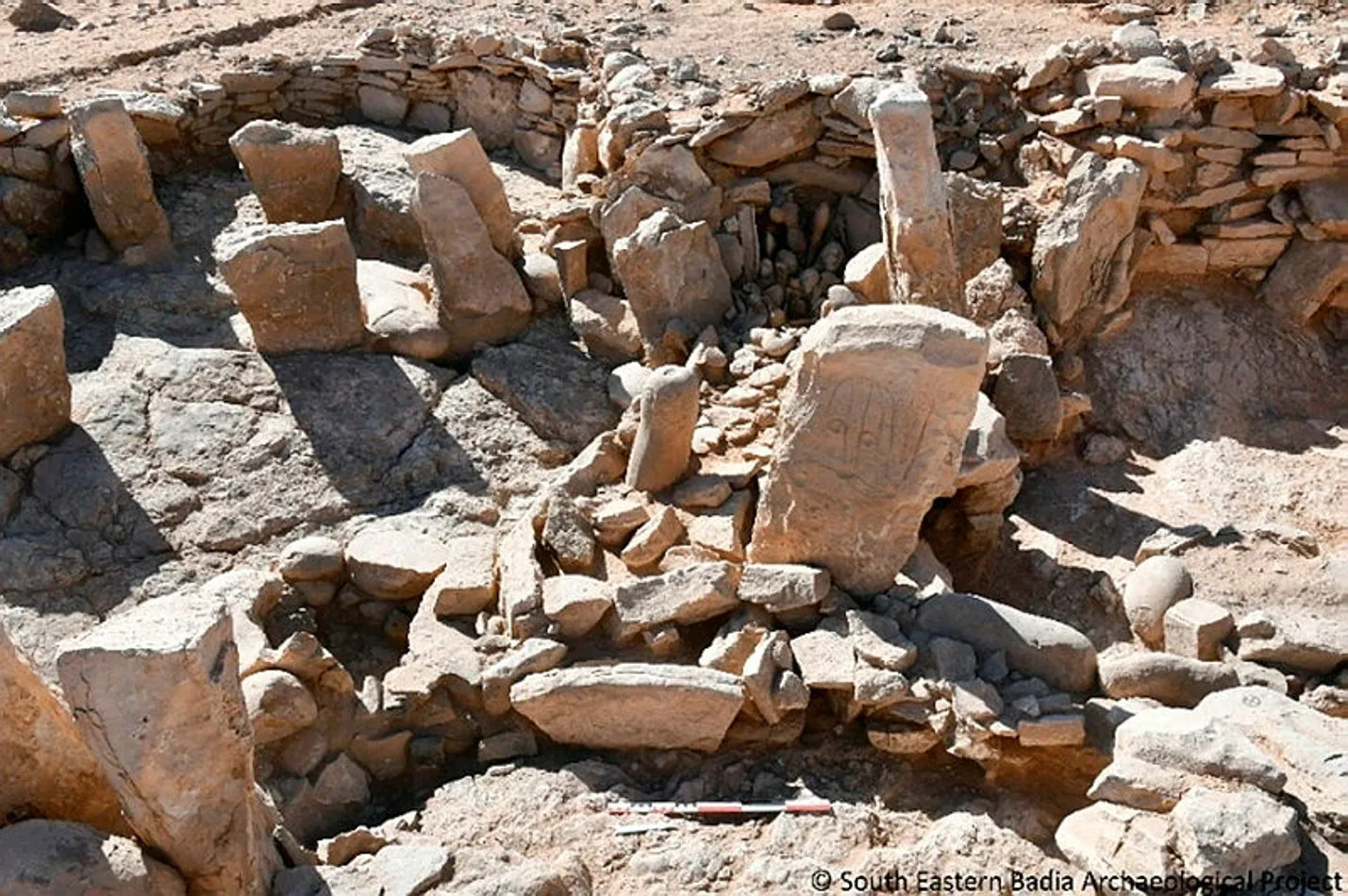
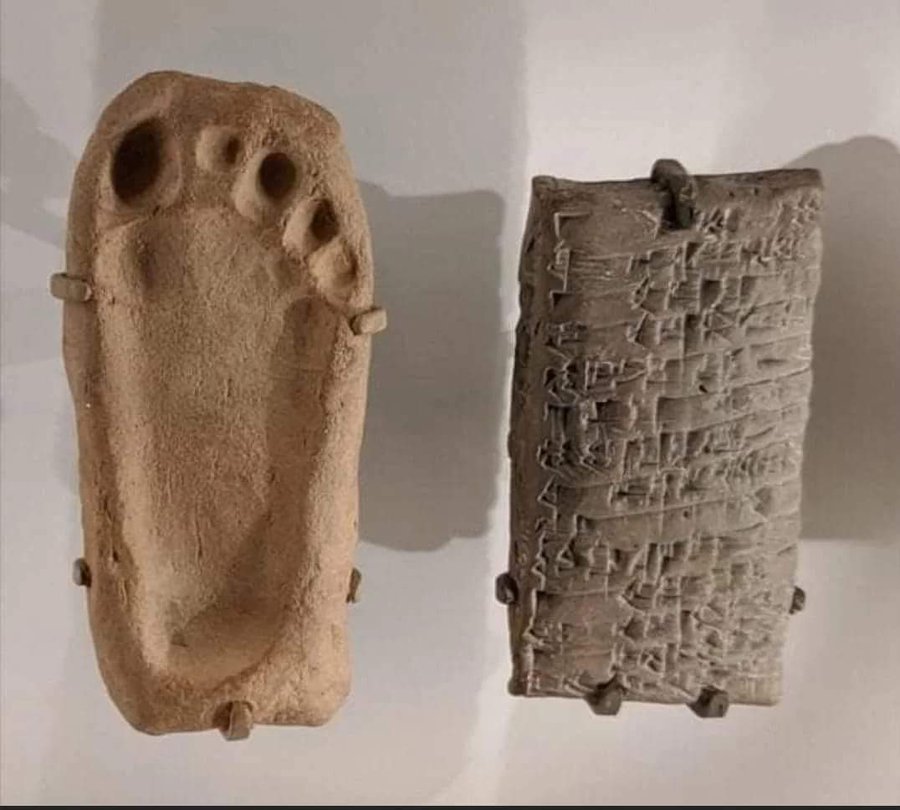
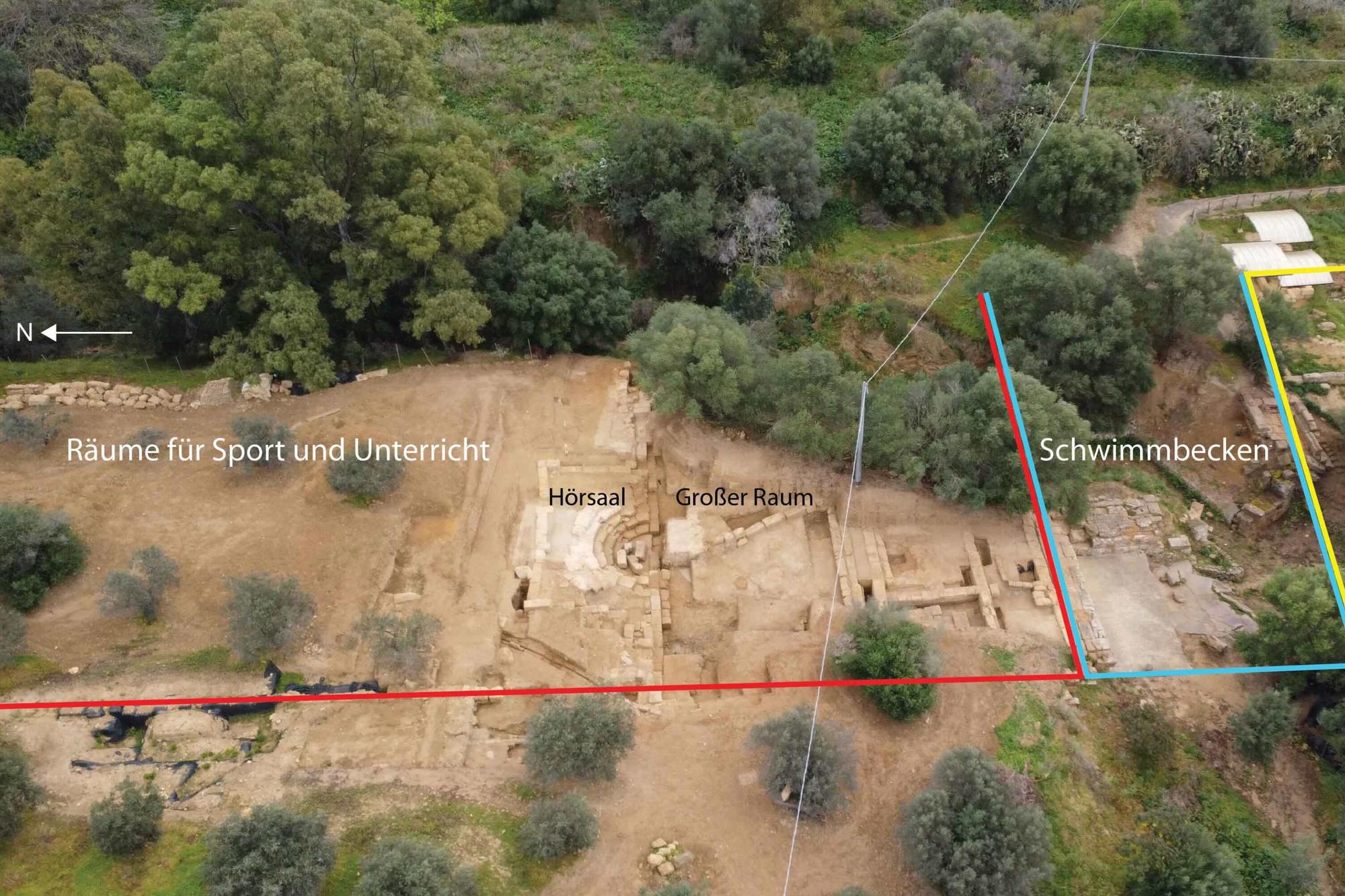
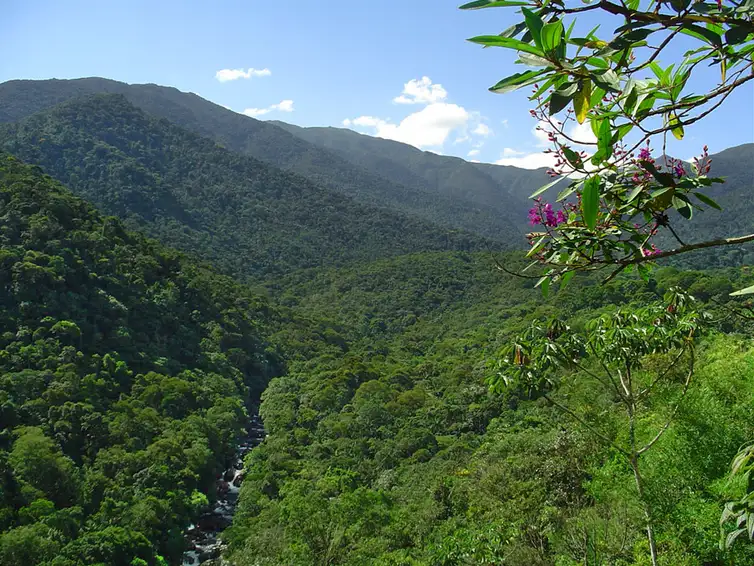
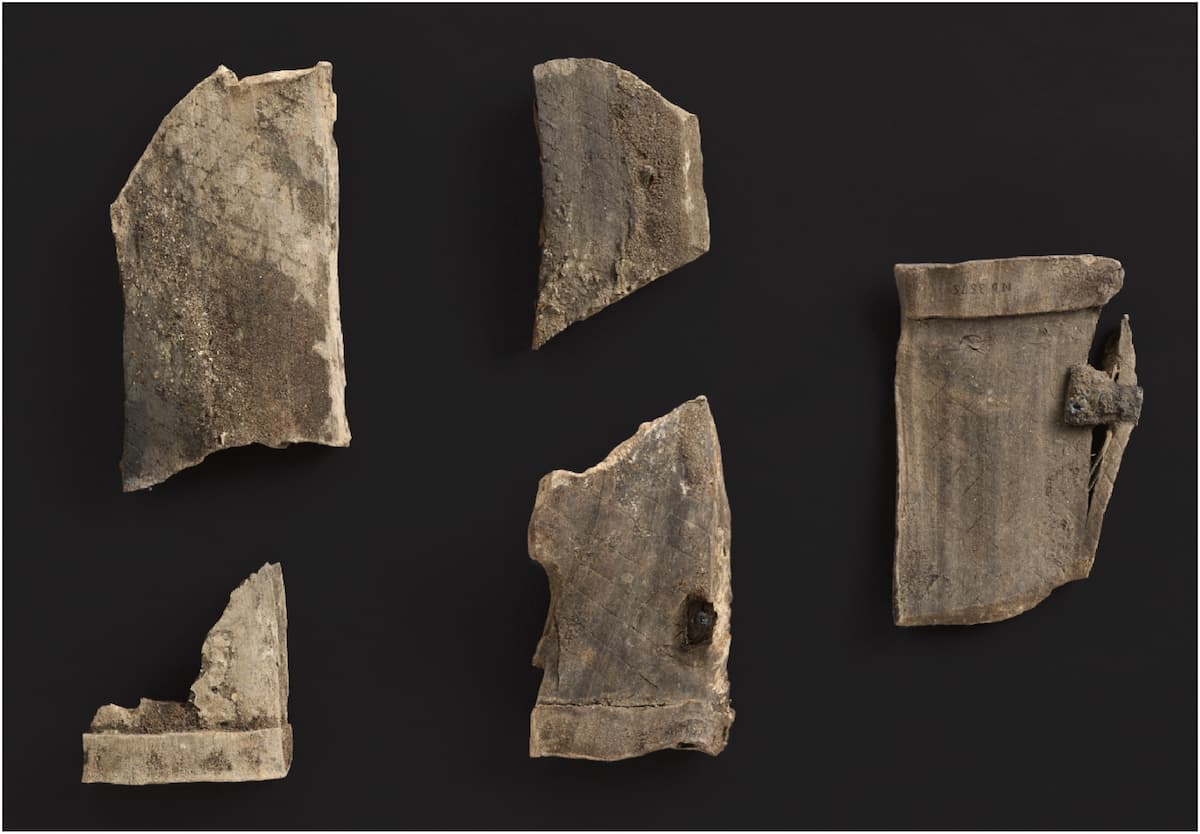
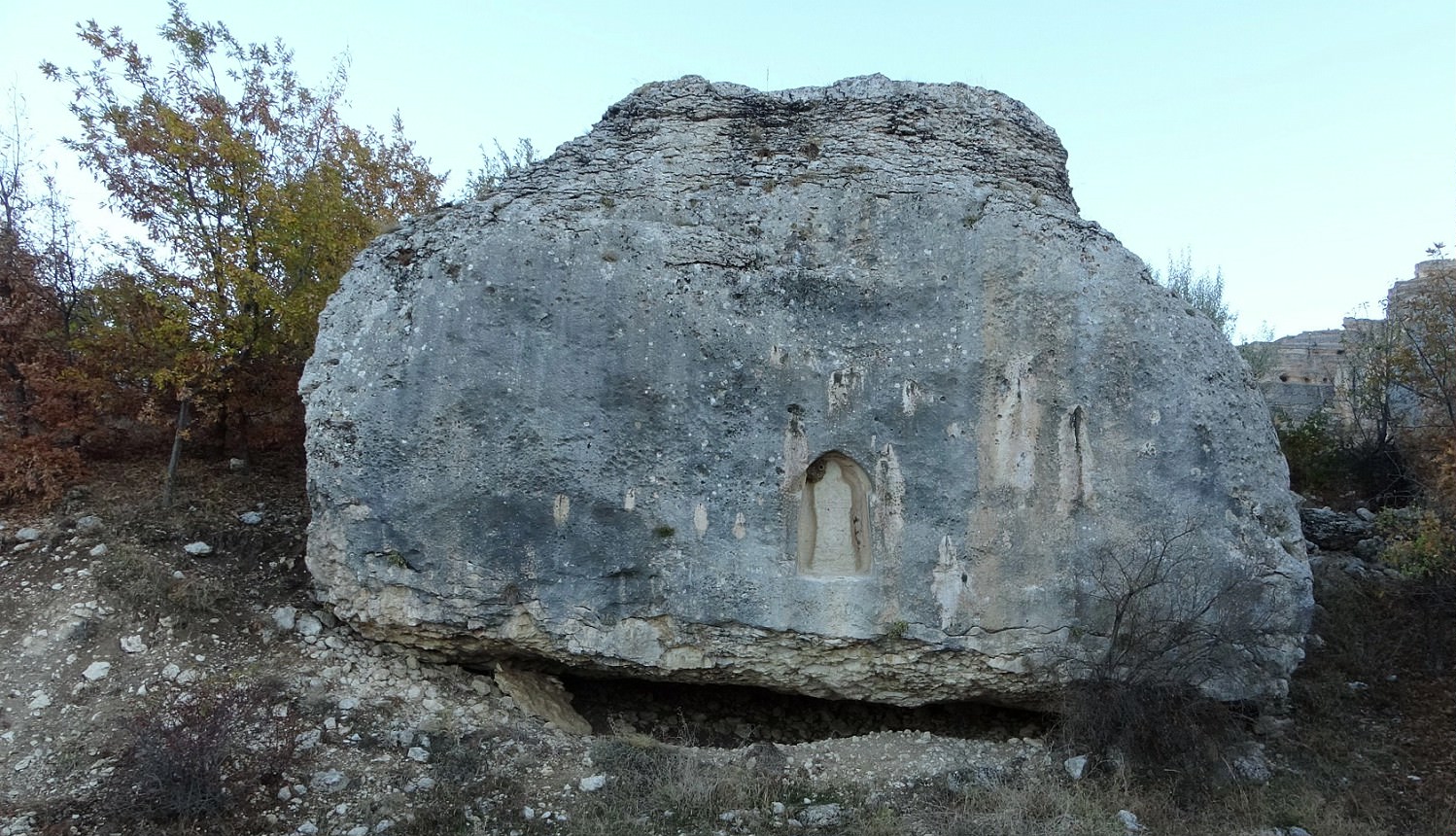
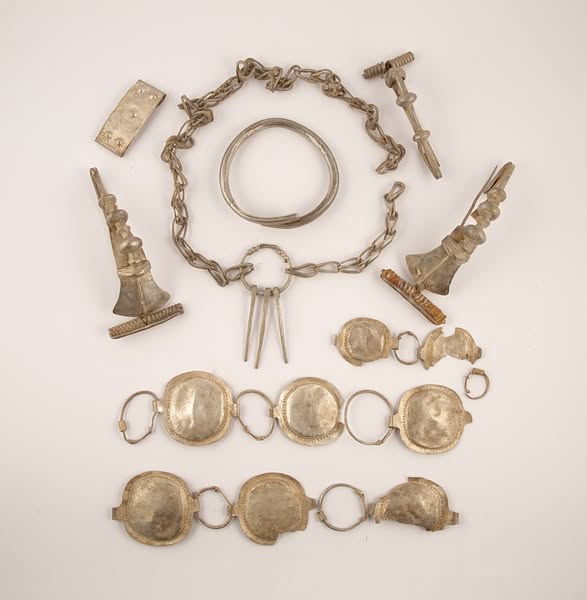
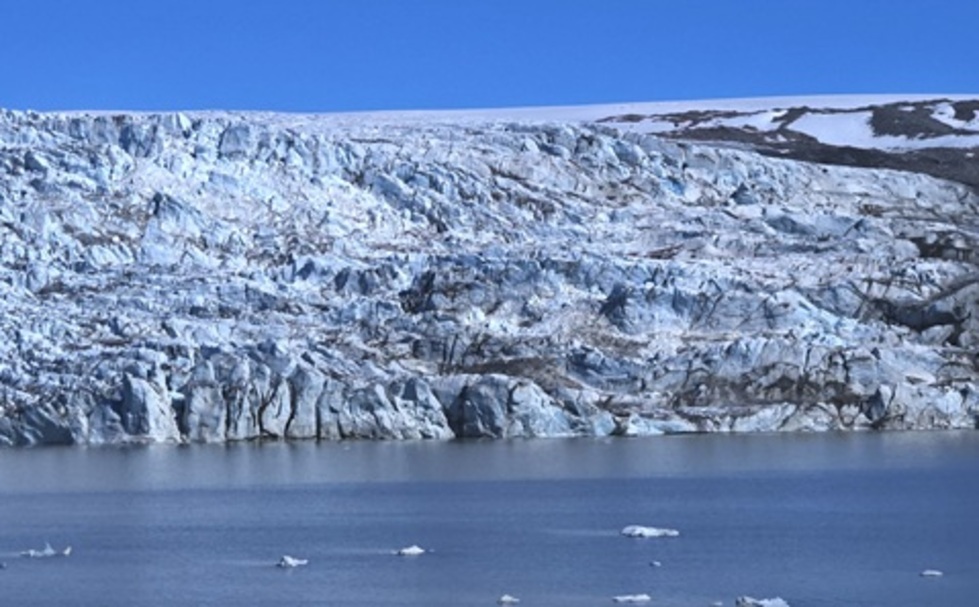
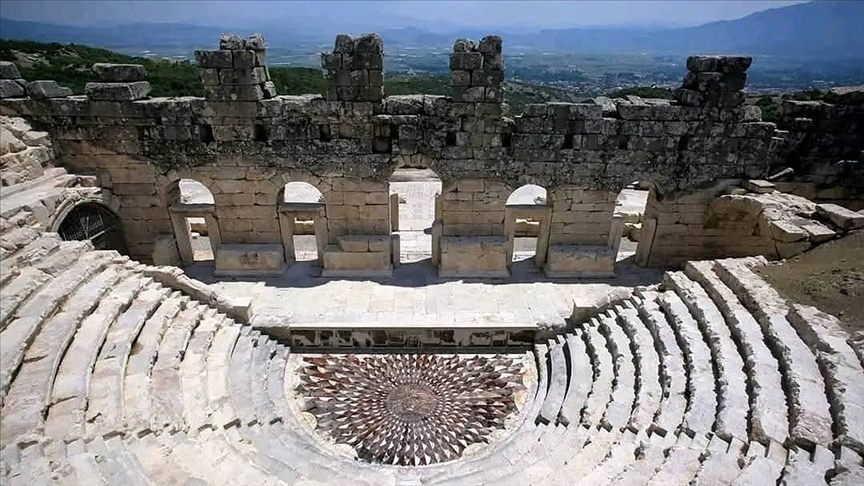
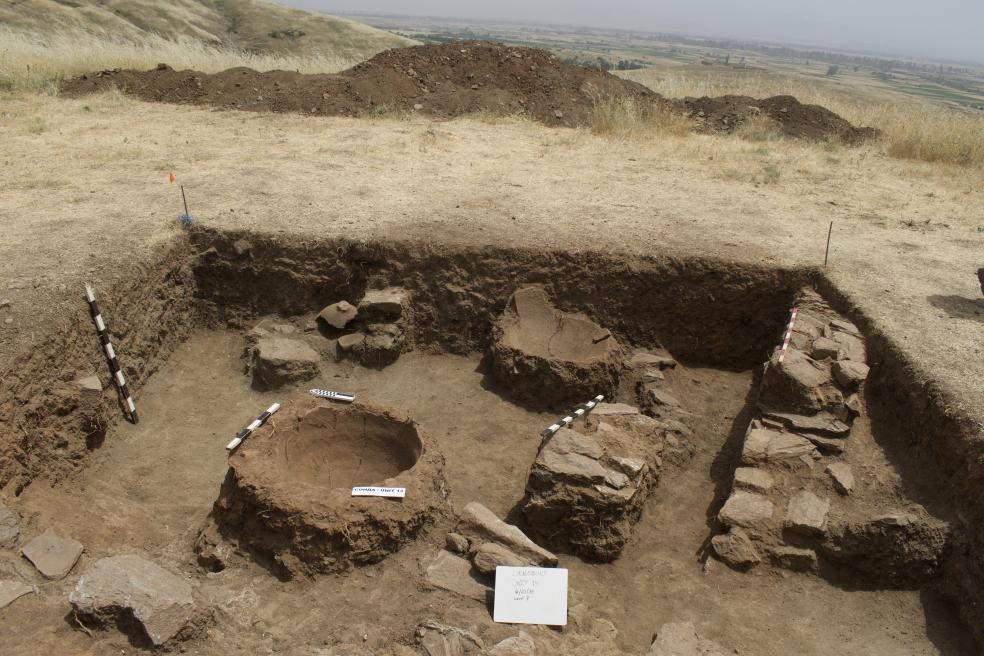
Leave a Reply